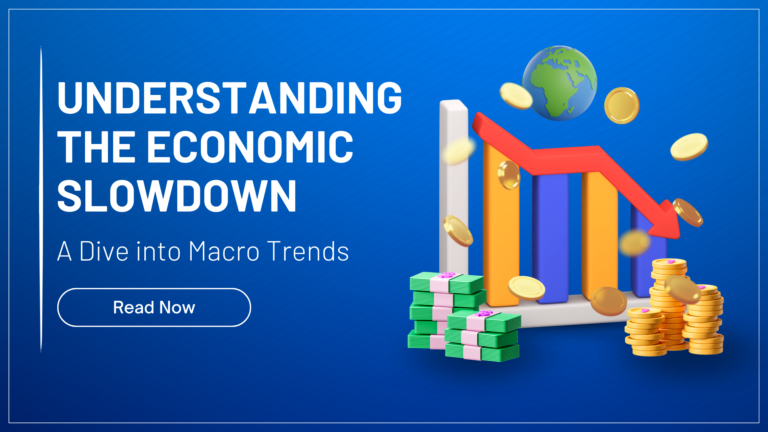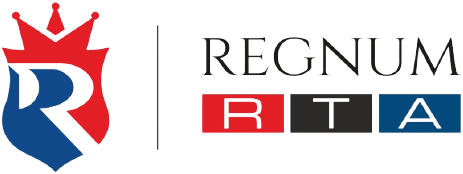
Understanding the Economic Slowdown: A Dive into Macro Trends
The term ‘economic slowdown’ refers to a decline in the growth rate of a nation’s gross domestic product (GDP). This slowdown can be caused by numerous factors such as inflation, decreased consumer confidence, or government policy changes, among others. But what does an economic slowdown mean, and how does it impact our daily lives?
Imagine the economy as a giant engine, powered by various components such as consumer spending, business investments, government expenditure, and net exports. An economic slowdown is when this engine’s speed starts to decelerate. It doesn’t mean that the engine is completely shutting down (that would be a recession or depression), but that it’s simply not running as efficiently as it could.
One of the first indicators of an economic slowdown is typically a decline in the GDP growth rate. GDP measures the total value of all goods and services produced by an economy in a given period. A slowing GDP growth means less economic activity, fewer job opportunities, and typically a more challenging business environment.
Another symptom of a slowdown can be inflation. Inflation is the rate at which the general level of prices for goods and services is rising, and subsequently, purchasing power is falling. Central banks attempt to limit inflation — and avoid deflation — to keep the economy running smoothly. However, during a slowdown, controlling inflation can become more challenging.
During an economic slowdown, consumer confidence also typically declines. People start to worry about job stability and future income, which leads to reduced spending and further exacerbates the slowdown. Businesses, in turn, respond to the reduced demand by slowing down production and hiring, which can lead to an economic spiral.
Government policy can also play a crucial role in managing economic slowdowns. Economists often debate the best response: some argue for increased government spending to stimulate demand, while others advocate for structural reforms to improve efficiency and competitiveness.
It’s important to note that economic slowdowns are a normal part of the business cycle. Economies naturally go through periods of growth (expansions) and slowdowns (contractions). The challenge for policymakers is to manage these cycles to minimize instability and maintain steady, sustainable economic growth.
In conclusion, an economic slowdown is not a catastrophe, but it’s a clear signal that the economy is not at its best. Understanding the symptoms and causes of a slowdown can help us respond effectively and mitigate its impacts on our everyday lives.
